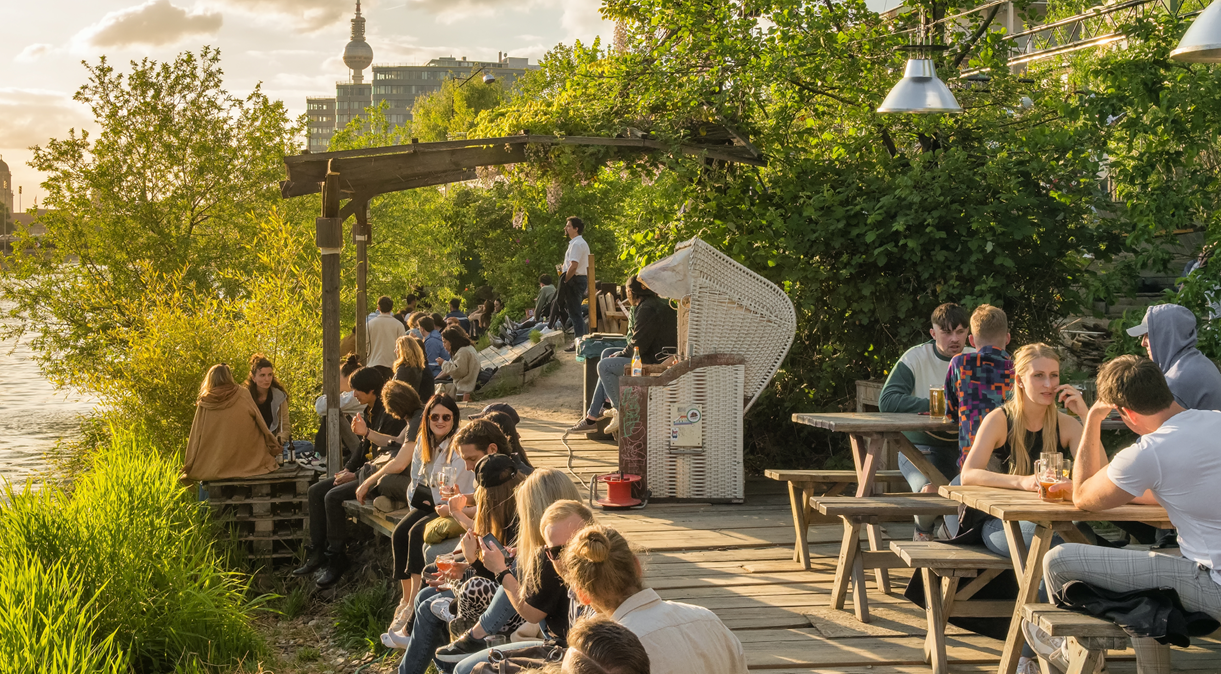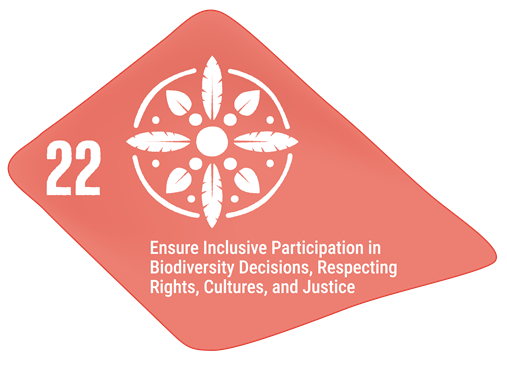 UN Habitat
UN Habitat
World Cities Day-- 31 October 2024
Young people are not only the leaders of tomorrow but also powerful agents of change today. The world needs them to participate meaningfully in the implementation of the Kunming-Montreal Global Biodiversity Framework (KMGBF). Their contributions are needed to halt and reverse biodiversity loss, including by championing and embracing the transformations that the world needs to make peace with nature.
The required transformations include shifts towards sustainable consumption and production and resource efficiency. To take root and achieve impact, these transformations must be embraced by sub-national governments, local authorities and cities.
Action by cities is crucial because ours is an urbanizing world. UN Habitat reckons that, by mid-century, 70 per cent of the world’s population will be city dwellers. The countries where most of the planet’s biodiversity is located are projected to see the highest rates of mainly urban population growth.
Cities can serve as hubs of innovation and action for the implementation of the KMGBF and the Paris Agreement. Youth living in cities can make significant contributions to the twin agendas of biodiversity and climate change, but they must be empowered to do so. Simply believing in the potential of youth is not enough; we must provide them with the means to contribute adequately.
Disparities in access to education and technology persist, particularly in low-income countries and among young women. This is why the achievement of the SDGs—reinvigorated by the recent adoption of the Pact for the Future—remains crucial.
Throughout COP 16 here in Cali, the theme of World Cities Day 2024 resonated in the multiple spaces of dialogue and reflection. the voices of youth, including indigenous youth, have been heard in both in the Blue Zone and the Green Zone of COP 16—La COP de la gente.
The perspectives and initiatives of sub-national governments, cities and local authorities were also heard, notably at the 8th Summit for Subnational Governments and Cities that gathered more than 1,200 leaders and committed to urgent urban action on biodiversity. Place Quebec, a space of dialogue supported by the Government of Quebec, hosted debates and reflections by both youth groups and cities.
Our hope is that after Cali, Parties and partners will reflect that theme in the synergistic implementation of their National Biodiversity Strategies and Action Plans (NBSAPs) and their Nationally Determined Contributions under the Paris Agreement. Empowering youth must be part of the whole-of-society and whole-of-government push for peace with nature.
More Information:
Kunming-Montreal Global Biodiversity Framework
Cities and Subnational Governments
Related Targets in The Kunming-Montreal Global Biodiversity Framework
Significantly increase the area and quality and connectivity of, access to, and benefits from green and blue spaces in urban and densely populated areas sustainably, by mainstreaming the conservation and sustainable use of biodiversity, and ensure biodiversity-inclusive urban planning, enhancing native biodiversity, ecological connectivity and integrity, and improving human health and well-being and connection to nature and contributing to inclusive and sustainable urbanization and the provision of ecosystem functions and services.
Why is this target important?
Green and blue spaces have a range of positive effects on human physical and mental well-being. Ensuring the availability and accessibility of such areas is particularly important given that the increasing trend towards urbanization risks separating people further from nature, with potential negative effects on human health and reduced understanding of biodiversity, and the ecosystem services it provides. Further, green and blue spaces can provide important habitat for species, improve habitat connectivity, provide ecosystem services and help mediate extreme events, if managed with such objectives in mind. The target focuses on the importance of biodiversity-inclusive urban planning and making space for nature within built landscapes to improve the health and quality of life for citizens and to reduce the environmental footprint of cities and infrastructure. It also recognizes the dependency of urban communities on well-functioning ecosystems and the importance of spatial planning to reduce the negative impacts on biodiversity of urban expansion, roads and other infrastructure.
Links to other elements of the Biodiversity Plan and other frameworks and processes
- Actions to reach Target 12 should take into account all of the considerations for implementation identified in section C of the Kunming-Montreal Global Biodiversity Framework.
- This target will contribute to the attainment of goals A and B of the Kunming-Montreal Global Biodiversity Framework. Progress towards this target will also help to reach targets 2, 3, 4, 8 and 11. Conversely, progress towards this target will be support by actions to reach targets 1, 14, 19, 20, 21, 22 and 23.
- Elements of Target 12 are also addressed in the targets of the Sustainable Development Goals, including targets 11.7 and 11.b.

Click here for more information about Target 12
Ensure the full, equitable, inclusive, effective and gender-responsive representation and participation in decision-making, and access to justice and information related to biodiversity by indigenous peoples and local communities, respecting their cultures and their rights over lands, territories, resources, and traditional knowledge, as well as by women and girls, children and youth, and persons with disabilities and ensure the full protection of environmental human rights defenders.
Why is this target important?
Indigenous peoples and local communities have a cultural and holistic understanding of nature based on their traditional knowledge, practices and innovation. This information and understanding of biodiversity in turn play a crucial role in the conservation and sustainable use of biodiversity. The insights of indigenous and local communities on local ecosystems play a fundamental role in developing conservation initiatives that integrate cultural values and traditional governance systems, including sustainable use such as resource management techniques, traditional hunting and fishing, and elective harvesting. Further, their lands encompass diverse ecosystems, ranging from forests and wetlands to mountains and coastal areas with high concentrations of biodiversity and often promote sustainable land use, including agroforestry, rotational farming and community-based conservation management systems. Involving indigenous peoples and local communities in biodiversity conservation and the recognition of their perspectives and expertise can contribute to the development of context-specific and effective conservation strategies.
The target also recognizes the importance of meaningful participation of women and girls, as well as the inclusion of children, youth and persons with disabilities, in promoting social equity and empowering these groups to actively contribute to biodiversity conservation. It also highlights the need to protect environmental human rights defenders as they are at the forefront of protecting biodiversity by monitoring and exposing environmental violations, promoting sustainable practices and advocating for a human rights-based approach to conservation efforts.
Links to other elements of the Biodiversity Plan and other frameworks and processes
- Actions to reach Target 22 should take into account the considerations for implementation identified in section C of the Kunming-Montreal Global Biodiversity Framework.
- Progress towards Target 22 will directly support the attainment of all goals and targets. However, progress towards this target is particularly relevant for the achievement of targets 1, 3, 5, 9, 13, 21 and 23. Conversely, progress towards targets 21 and 23 will support progress towards this target.
- Target 22 addresses issues that were also addressed by Aichi Biodiversity Target 18.
- Elements of Target 22 are also addressed in the targets of the Sustainable Development Goals, including targets 1.4, 5.5, 5.a, 10.2, 10.3, 16.3, 16.7, and 16.10.
